
Thrilling victory: Habtoor Polo
The thrilling Gold Cup finals kicked off with Dubai Wolves...

The thrilling Gold Cup finals kicked off with Dubai Wolves...
Traditionally, the Silver Cup, held at handicap level 20, marks...
25.000 of spectators who strolled through the PoloVillage, enjoyed the...
Fashion is fast-moving, collections change with the seasons and often...
Dermatologists and cosmetic studios have been successfully offering light therapy...
Working in the United States, emerging democracies, and democracies in-conflict...
The thrilling Gold Cup finals kicked off with Dubai Wolves by CAFU securing the..
Read More25.000 of spectators who strolled through the PoloVillage, enjoyed the exclusive atmosphere and..
Read MoreFashion is fast-moving, collections change with the seasons and often even..
Read MoreDermatologists and cosmetic studios have been successfully offering light therapy as a skin treatment..
Read MoreA modern maharaja: blending tradition and progress. His Highness Sawai Padmanabh Singh, the 303rd..
Read MoreThe Rolls-Royce La Rose Noire, an extraordinary motor car, presented to the clients who..
Read More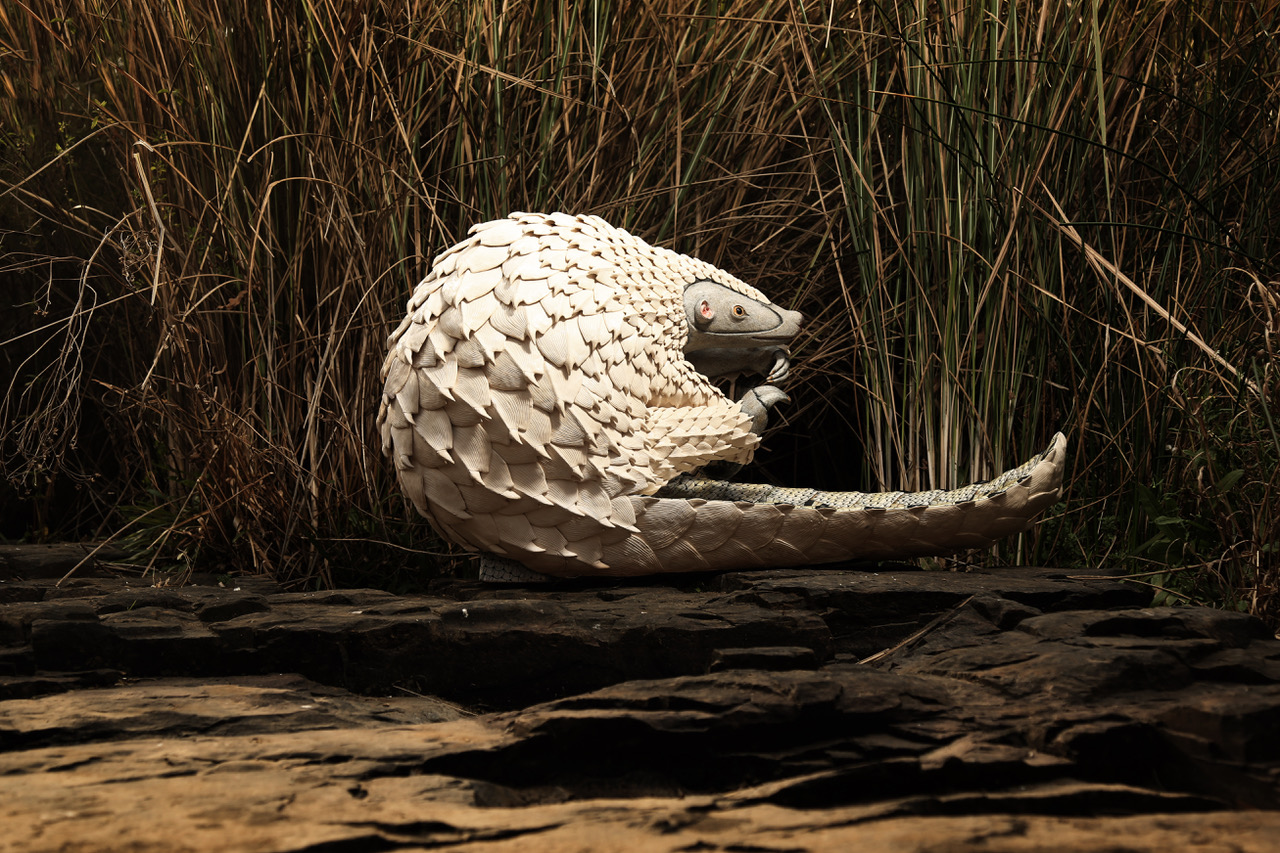
Ardmore ceramic artworks have been recognized as modern-day collectables by auction houses Christie’s, Bonhams and Sotheby’s, and can be found in art galleries, museum and are sought after by Ardmore collectors around the world.
Prized for their craftsmanship, realism, and whimsy, Ardmore pieces artworks are immediately recognisable, and have become the treasured anchors of interior d.cor schemes in homes where beauty and authenticity are bywords for exceptional taste. Recent highlights include collaborations with French fashion house Herm.s and a collection of wallpapers with celebrated British manufacturers Cole & Son.
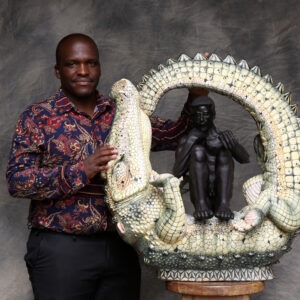
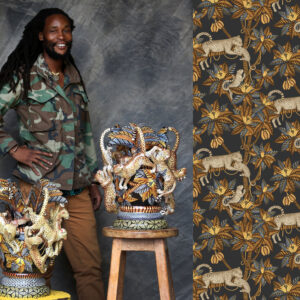
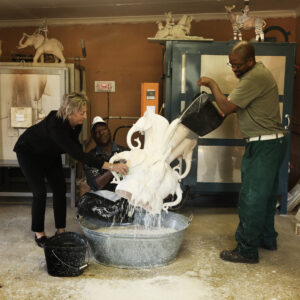
Ardmore was founded by F.e Halsted in KwaZulu Natal, that draws inspiration from African culture and wildlife to create nuanced and sensuous textiles, fabrics, decorative art pieces, and highly-acclaimed and celebrated ceramic masterworks. Ardmore began in 1985, when two African women, F.e Halsted and Bonnie Ntshalintshali, came together bringing in new artists and creating innovative and meaningful ideas along the way. Together with her children, Jonathan, Catherine, and Megan Berning, F.e now mentors a bustling ceramic studio with over 70 artists. The sense of family and community is reflected in the collaborative effort that goes into each and every Ardmore creation, from the
initial concept to adding the finishing touches. In the same way that the Ardmore ceramicists are inspired by African wildlife and landscapes, the artists interpret and reimagine motifs from the studio to create vibrant and elegant swatches of fa. Every piece is the work of at least two and often three members of the Ardmore Studio – artists and sculptors who have worked closely together for years and developed an instinctive understanding of each other’s creative vision.
Each work of art of Ardmore Ceramics begins as earthenware clay from a quarry beneath the ancient soils of Gauteng, South Africa. Ardmore use a three-kiln firing process to achieve the characteristic look and feel of each piece. This approach blends ancient wisdom with modern innovations – the product of our passion for, and curiosity about, the alchemy of fire, clay and paint.
The first person to work on your new Ardmore piece is the “thrower” – a curiously violent-sounding name for a particularly skilled profession. It is the thrower who creates the basic shape of, for example, the vase through the interaction of their fingers with the wet clay. The sculptor then adds the details of beaks, trunks and tails – that is, the parts of the vase that extend beyond its conventional baseline shape.
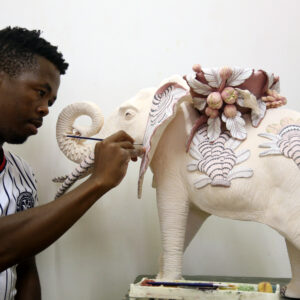
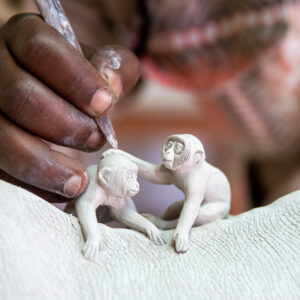
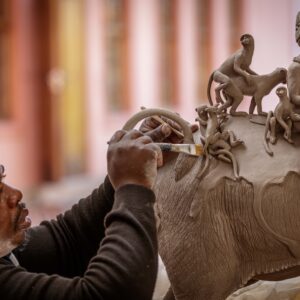
Once all the details have been added – using a set of increasingly precise tools – then follows the crucial process of air drying. This can take anything from a few days to several weeks, depending on the size of the piece, and must be very thorough to avoid the risk of cracking in the future. In the first kiln, the ceramic pieces are fired at around 1 000 degrees C (around 1 830 degrees F). This creates the all-important “bisque” effect – the transformation from the original grey colour to a white, shell-like surface.
Once the vase has cooled, it is ready to be painted, and the Ardmore artist chosen to work on the piece prepares their brushes and palette. Deft strokes create light and shadow, and bring fur, feathers and scales to life. Additional details are added using small blades or nails. The more intricate the design, the longer the painting process takes – as with any masterpiece, this is not something that can be rushed.
The next step is the “warming fire” that sets the underglazed paints onto the surface of the vase. Once cooled, the vase is dipped in a bath of white liquid glaze to enhance the paint colours. The glaze can either be applied to the entire piece, or selectively to produce contrasting glazed and unglazed areas. The glazing process also renders each piece waterproof. In the third Kiln the glazed art piece is fired again, this time to a temperature of around 1 100 degrees C (around 2 000 degrees F) – the hottest of the three firings.
For more about the outstanding artpieces of Ardmore check: www.ardmore-design.com

The thrilling Gold Cup finals kicked off with Dubai Wolves by CAFU securing the initial

Traditionally, the Silver Cup, held at handicap level 20, marks the start of the Dubai

25.000 of spectators who strolled through the PoloVillage, enjoyed the exclusive atmosphere and soaked up
[user_registration_form id=”9713″]
Membership as a POLO & LUXURY Insider is free.
POLO & LUXURY do not share your data with third parties.
[user_registration_my_account redirect_url=”my-account”]